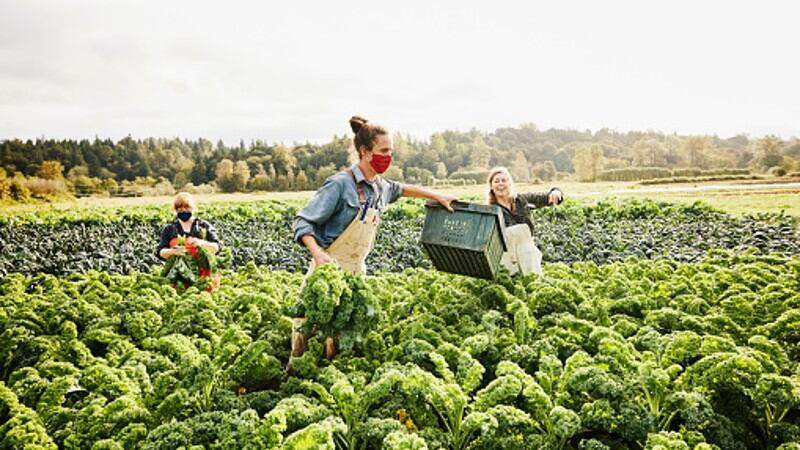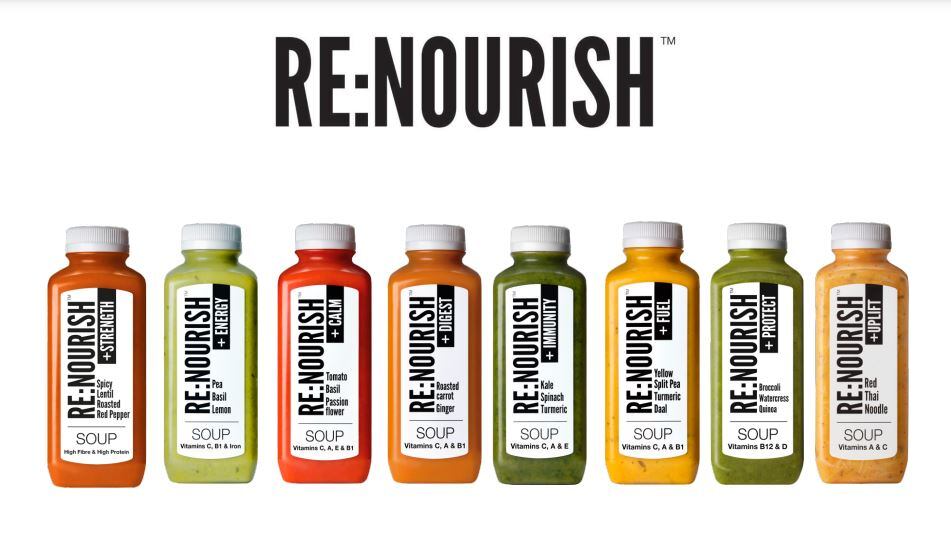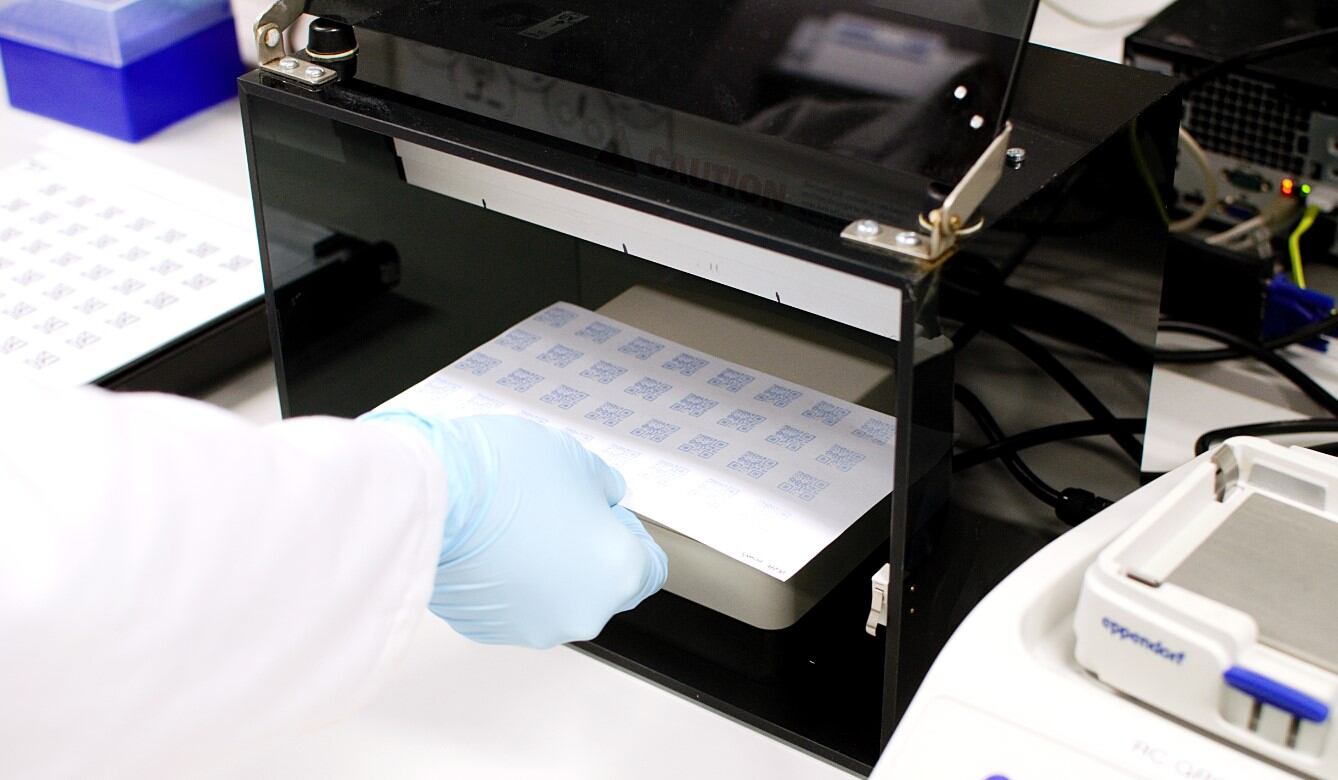The Australian Total Diet Study is published every two to three years, and every edition focuses on consumer exposure to different types of chemicals found in the food supply to assess food safety and public health risks.
In December 2021, FSANZ published the results of the 27th edition of this study, which focused on per- and poly-fluoroalkyl substances (PFAS) - chemicals commonly found in firefighting foam. PFAS are also used for other industrial purposes, to make everyday products including takeout paper packaging and non-stick cookware.
These chemicals have the potential to be toxic and can accumulate in animals and humans that come into contact, so environmental contamination including in foods is a concern for many regulators.
Australia in particular has cause for concern, after experiencing a megafire during the 2019 to 2020 bushfire season as well as multiple other fires last year, many of which required firefighting efforts to put out - so understandably there have been public concerns over the presence of chemicals from the foam in the food supply.
“The 27th ATDS was undertaken on request from the Food Regulation Standing Committee (FRSC) due to recent concerns in Australia related to contamination of sites where there has been historical use of PFAS-containing firefighting foam,” said study Chair and former Australian Secretary of Health Glenys Beauchamp.
“[This study] obtained data on PFAS levels in the general food supply and estimated dietary exposures for the general population, [and] has pleasingly confirmed the safety of the general Australian food supply with respect to PFAS levels.”
Some 112 commonly-consumed foods and beverages and 30 different types of PFAS were investigated by the study, of which only one type - Perfluorooctane sulfonic acid (PFOS) – was detected in the food supply, but even then at very low levels, i.e. in just five of 112 foods, and less than 2% of all 1,336 food samples taken.
Although not of any dietary risk, food items highlighted by the researchers as containing very low levels of PFOS included mammalian offal (0.63 µg/kg), canned tuna (0.070 µg/kg), prawns (0.018 µg/kg), saltwater fish fillets (0.011 µg/kg) and chicken eggs (0.0069 µg/kg).
Other types of PFAS include perfluorooctanoic acid (PFOA) and perfluorohexane sulfonic acid (PFHxS), none of which were found in any food samples.
International comparisons
Separately, it was also highlighted that all food items containing PFAS had far lower levels than those found in other countries, stressing the safety of the Australian food supply and refuting any need to make regulatory updates for PFAS contamination control.
“Levels of PFAS in Australian foods were consistently lower than those found in overseas studies conducted in Europe, the United States, the United Kingdom and China,” said the researchers.
“[These were also] well below Australian guidance values including FSANZ trigger points for site investigation and National Health and Medical Research Council (NHMRC) drinking water guidelines. [So overall] dietary exposure for the general Australian population is lower than the Tolerable Daily Intake (TDI), indicating no public health and safety concerns.”
For instance, the average levels of PFOS in Australian canned tuna (0.070 – 0.095 µg/kg) were highlighted as lower than in Europe (0.16 – 0.26 µg/kg); levels in saltwater fish (0.011 – 0.058 µg/kg) were lower than Europe (0.47 – 1.05 µg/kg) and the United Kingdom (0.96 µg/kg); and levels in chicken eggs (0.0069 – 0.054 µg/kg) were lower than Europe (0.27 – 0.35 µg/kg), the United Kingdom (0.31 µg/kg) and China (0.055 µg/kg).
“[In addition,] no other PFAS were detected in the 27th ATDS, including PFOA and PFHxS [whereas] overseas studies in Europe, the United Kingdom and China found consistent detections of these congeners in several foods,” they added.
“Overall, results indicate PFAS levels in the general Australian food supply are consistently lower than overseas studies. [This shows] Australia has a strong food regulation system and there is no current requirement for considering additional PFAS risk management measures in the Australia New Zealand Food Standards Code.”





